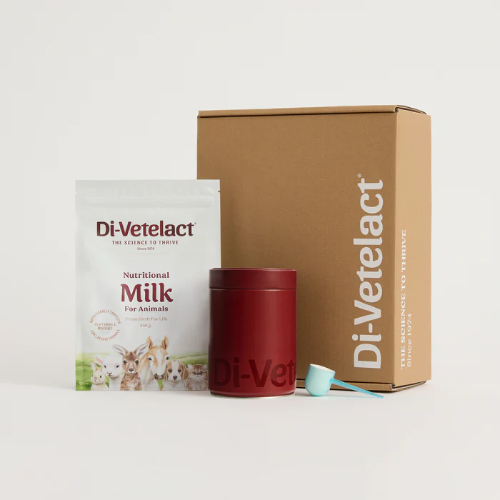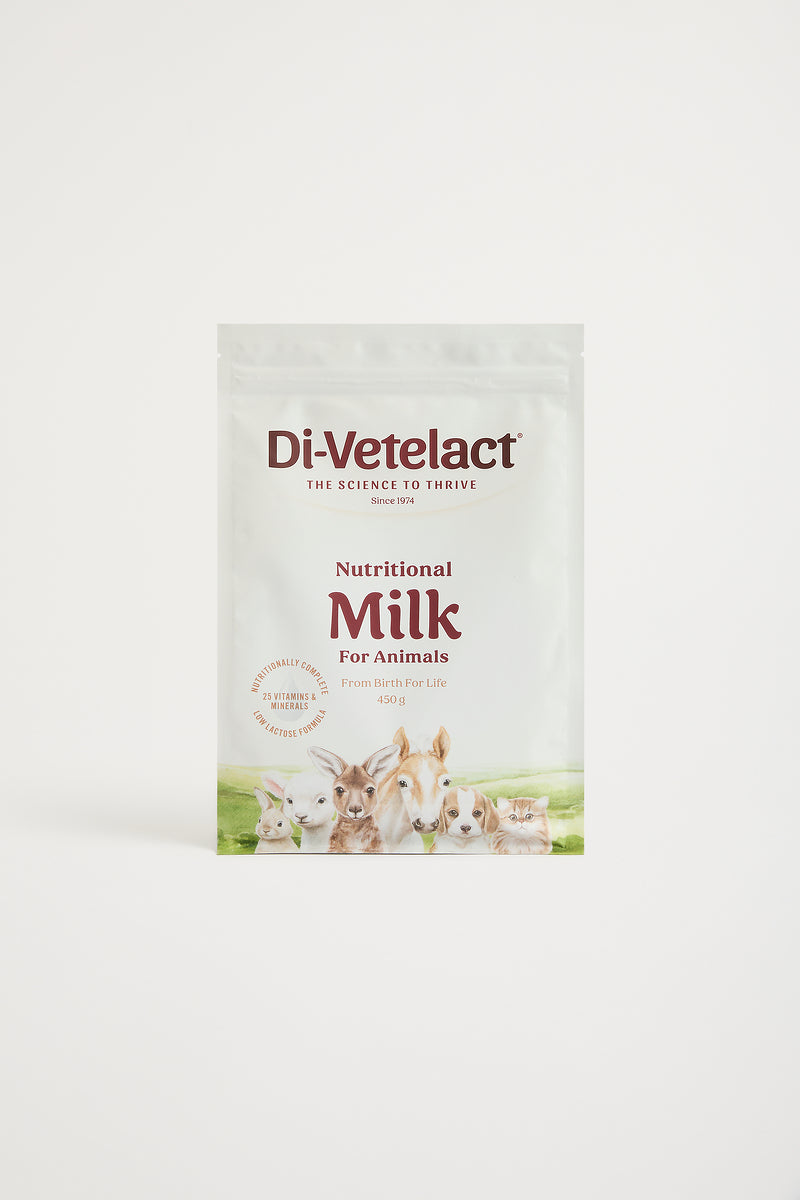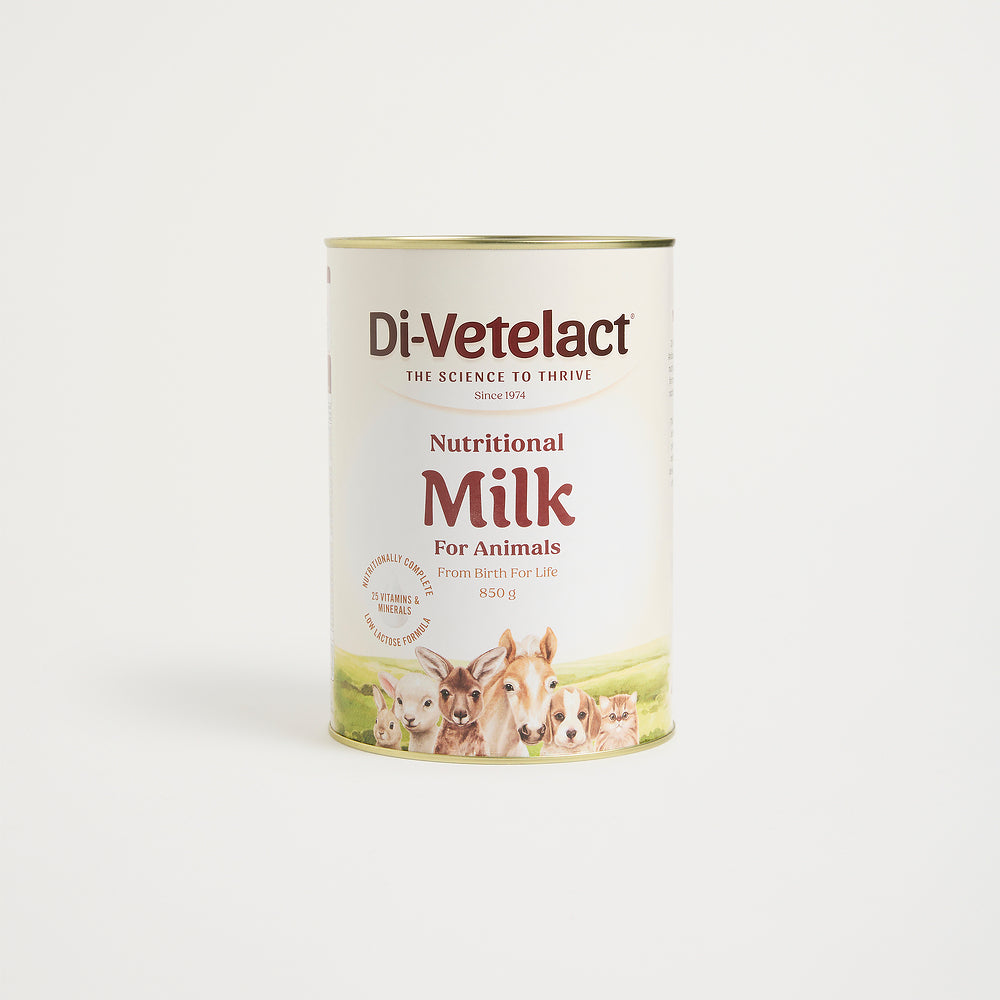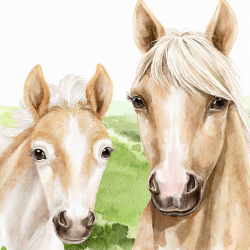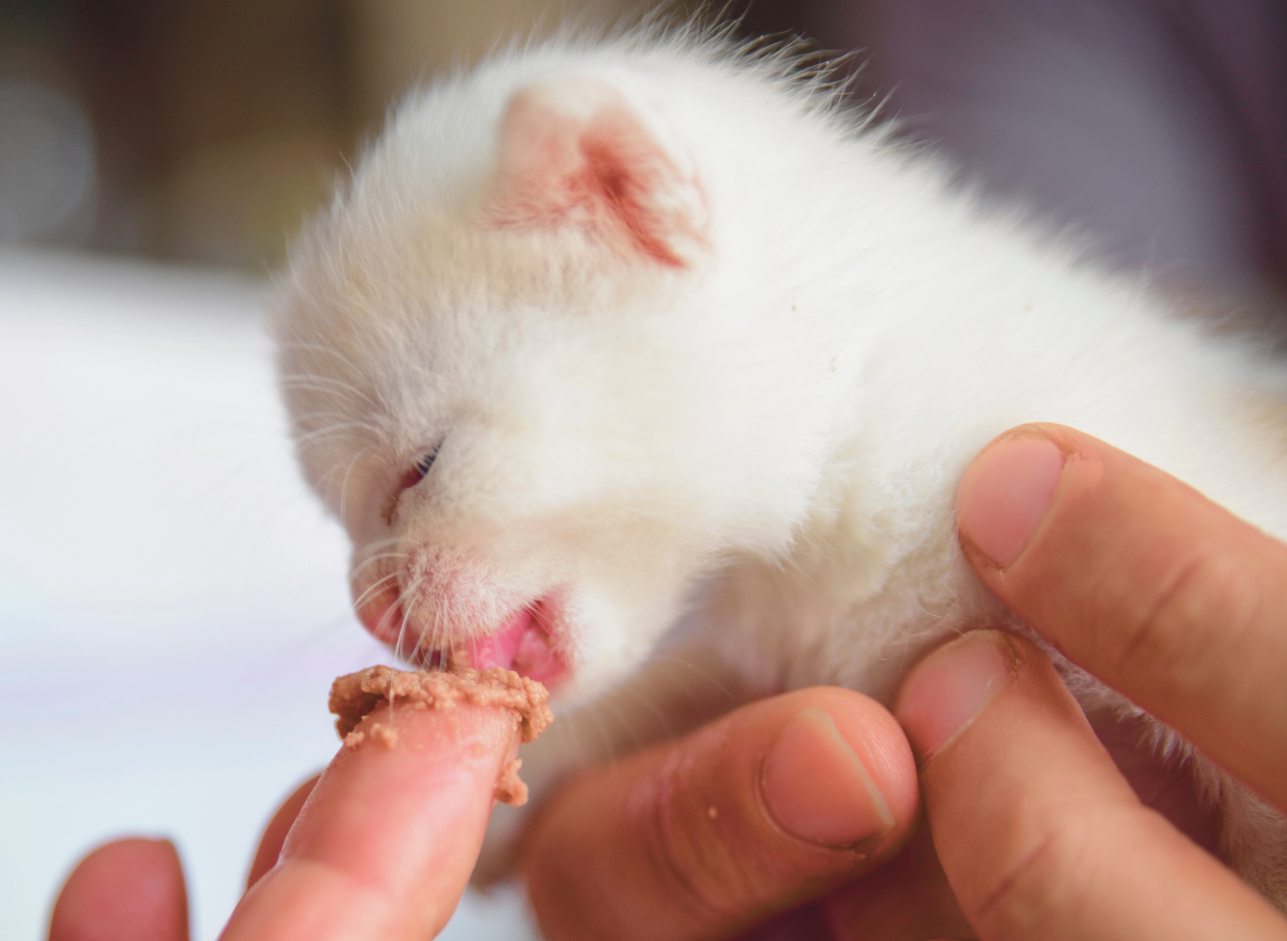Weaning is a critical developmental stage where a puppy transitions from a milk diet to solid foods. A structured and gradual weaning process is essential to support optimal growth, digestive health, and immune development. This guide outlines best practices for successful weaning.
What is weaning?
Weaning describes the transition of the puppy’s diet from mother’s milk to the solid growth diet of puppyhood. If the puppy is orphaned, or has required bottle feeding with a milk replacer such as Di-Vetelact Nutritional Milk, weaning is the process where the puppy moves from being fed 100% Di-Vetelact via bottle, to taking food by themselves from a bowl.
What is the natural weaning process?
Without human intervention weaning begins naturally as soon as the puppies start to develop teeth (three to four weeks). Suckling with teeth irritates the mother who will move away and leave her puppies for longer and longer periods. Natural weaning involves the female dog regurgitating her food and the puppies consuming this material. This can occur at home with your litter and may cause concern to owners, but many pets will do this and it’s nothing to be worried about as it’s a natural maternal function.
When does a puppy start weaning?
Once the puppies’ eyes are open, gradual weaning generally starts. The sooner the puppies are weaned, the less the strain on the mother and the sooner she will return to normal condition.
Weaning can start approximately three weeks after birth. At this time, you will notice the puppies will gradually feed less and less from the mother’s milk. She will be happy to leave the nest for longer periods and depending on her breed or type, will probably enjoy increased periods of exercise and physical activity. At the same time, her milk supply should be diminishing naturally and the frequency and quantity of food you are feeding her should also be decreased. It is rare that medical intervention is required to reduce a mother’s milk supply.
If the puppies have been hand raised for any reason, it’s worthwhile to begin offering soft foods as soon as their eyes are open, which is usually around 14-16 days. Allow the orphaned puppy time to transition from Di-Vetelact Nutritional Milk to 100% solids. Ensure the solids offered are nutrient dense premium commercial puppy foods, to prevent nutrient deficiency during the weaning process. During the early phases of weaning the puppy may still be offered a bottle of Di-Vetelact Nutritional Milk, or be allowed to lap it from a bowl.
How do I start weaning a puppy?
- Mix Di-Vetelact Nutritional Milk and place in a flat dish.
- Either dip the puppy’s nose into the milk or smear some milk around pups mouth with your finger.
- Repeat this two or three times a day until the puppy begins to drink the Di-Vetelact Nutritional Milk on its own. This usually takes one to four days.
- By 3-4 weeks of age, you can introduce soft food to the dish along with the Di-Vetelact Nutritional Milk dish.
What type of food should be introduced to the puppy during the weaning process?
Once the pup is able to lap the Di-Vetelact Nutritional Milk from a bowl, moistened solid food can be introduced.
This should be a complete puppy food in dry and/ or canned form. Choosing a good veterinarian-recommended premium diet is essential for growth and development and ensures that your puppy receives balanced nutrition. With the support of Di-Vetelact Nutritional Milk, the premium foods are designed for rapidly growing weaning and weaned puppies.
These foods are also suitable for the dam during late gestation and lactation, due to the high energy and nutrient content. Around the time of weaning, puppies may often experiment with eating the dam’s solid food, so it’s ideal to provide the dam and the puppies the same complete puppy food.
How can I prepare solid food for a weaning puppy?
1. Start with a gruel: The dry puppy food can be pre-soaked with Di-Vetelact Nutritional Milk, and the canned puppy food should be crumbled and also mixed with Di-Vetelact Nutritional Milk. When these softened solid foods are added to the bowl with the Di-Vetelact, the puppies lap at the fluid but also ingest the food.
2. Gradually decrease the liquid content: The amount of milk is then decreased daily until they are eating the puppy food with little, or no moisture added.
When will my puppy be fully weaned?
Weaning is complete when the puppy is able to consume enough solid food to meet its needs (and it no longer needs to be moistened). This should be achieved by:
- 4 to 5 weeks for orphaned puppies
- 6-8 weeks for dam raised puppies
Possible changes in bowel function during weaning
Moving to solid foods can sometimes cause changes in bowel function. Changes in the colour and consistency of a puppy’s faeces are expected during the weaning process. While on a milk-based diet, faeces are typically soft, pasty, and yellow-brown in colour. With the introduction of solids and as the puppy matures, it will become medium to dark brown in colour and be well formed in a log shape
During weaning your puppy may develop an upset stomach or diarrhoea. If diarrhoea persists longer than 24 hours or is severe, contact your vet. To reduce the chances of upset tummies during weaning, it’s best to gradually introduce feeding changes, ideally over a 4-day period.
The prebiotics found in Di-Vetelact Nutritional Milk can assist with maintaining a healthy gut during periods of stress experienced by the puppy during weaning. Some puppy foods also contain prebiotics which help support digestion and movement of food through the gut. This helps maintain a healthy microbiome, which is key to strengthening immunity, a healthy gut lining and optimum absorptive health of the gut.
How long do puppies need a special diet and how often do you have to feed them?
Puppies should continue to receive the same premium puppy food used for weaning until they are around 12 months of age.
A general guide on feed frequency:
- 4-8 weeks of age: At the time of weaning, they should be fed small amounts often, approximately four to six times a day.
- 6-8 weeks of age: By the time they are completely weaned from the mother, they should be receiving about four meals a day.
- 3 months of age: The quantity can be increased, and the frequency reduced to about three meals a day.
- 6-9 months of age: Most breeds then progress to two meals a day.
Some of the slow maturing breeds, particularly the giant breeds, may require more frequent feeding until nearly two years old.
………
Weaning is a key developmental stage for the puppy. With the right guidance and care, pet owners can confidently manage weaning at home and provide a smooth and stress free transition to solid foods for their puppy.

